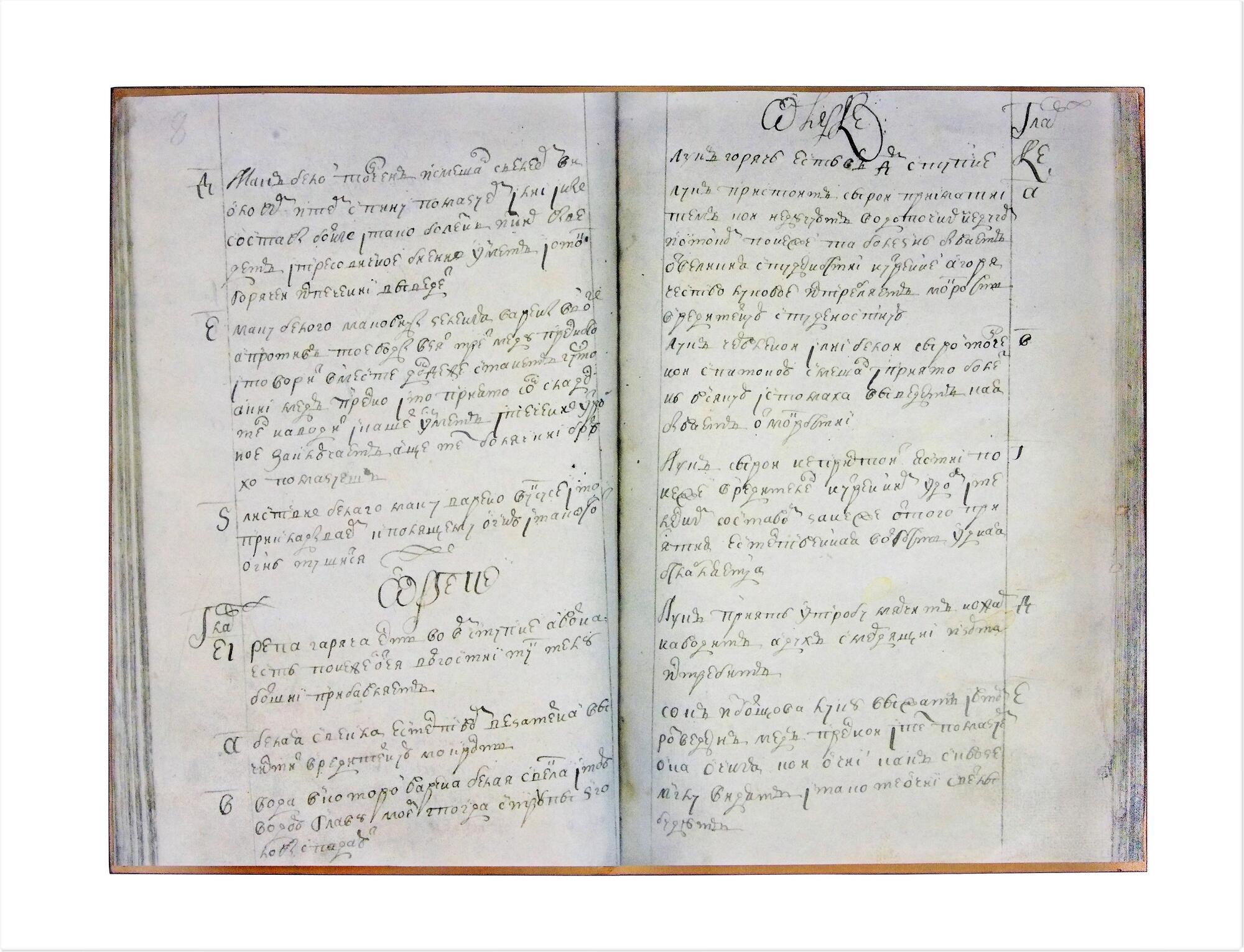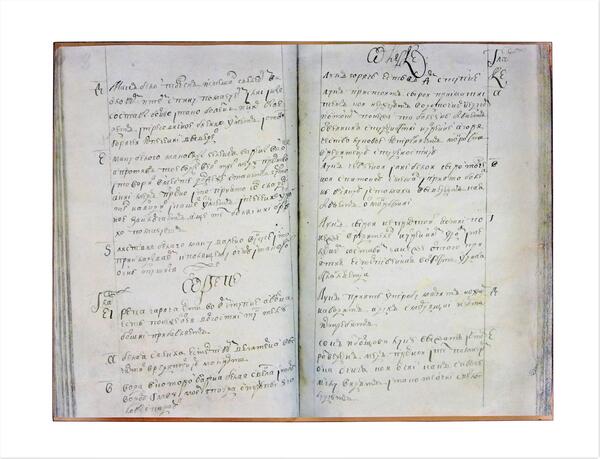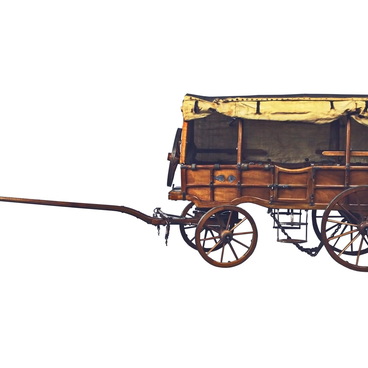The first State Pharmacy was created under the reign of Ivan the Terrible, in the 16th century. It was responsible for the replenishment of the royal pharmacy with medicines and for supervising the work of the doctors, who were invited to the court of from overseas. During the Time of Troubles, the pharmacy was closed, but in 1620, it was restored as the Pharmacy Department (Aptekarsky Prikaz in Russian). The department worked with foreign doctors, purchased medicine overseas, organized medicinal gardens and collected medical books and documents.
In 1654, a school for training Russian doctors, pharmacists and bonesetters was created under the Pharmacy Department. The first textbooks were books of home remedies and books of medicinal plants — handwritten manuals, where the authors systematized information about the healing properties of plants and the treatment of certain diseases.
One of the most widespread types of books of home remedies was ‘Prokhladny Vertograd’. The name can be translated into modern Russian as ‘Pleasant Garden’, that is, a garden of medicinal plants. The book is based on the book of home remedies ‘Hortus amoenus’, which was translated from German by a clerk of the Moscow Administration (Zemsky Prikaz) Andrey Nikiforov in 1672. Besides recipes, the book included spells, prayers and astrological omens.
Medical school graduates took ‘Prokhladny Vertograd’ with them when traveling around the country and the book became widely known. About a hundred handwritten copies of this book have survived to this day, their content varies greatly. The reason for this was that different scribes revised the text of the book at their own discretion: they threw out the pages with information that they considered outdated and added new ones.
One version of ‘Prokhladny Vertograd’ is housed in the collection of the Military Medical Museum. This book of home remedies is written in cursive — a simplified version of the Cyrillic alphabet, which was widespread in the 16th — 17th centuries. Most of the 340 chapters of ‘Vertograd’ are devoted to brief descriptions of the healing properties of various plants, minerals and products, and also inform on how to use them for hygienic and medicinal purposes. The book also contains superstitions that were widespread at that time, for example: ‘If you eat a young heron, your eyes will be healthy. Heron’s stomach helps against any poison’.
In 1654, a school for training Russian doctors, pharmacists and bonesetters was created under the Pharmacy Department. The first textbooks were books of home remedies and books of medicinal plants — handwritten manuals, where the authors systematized information about the healing properties of plants and the treatment of certain diseases.
One of the most widespread types of books of home remedies was ‘Prokhladny Vertograd’. The name can be translated into modern Russian as ‘Pleasant Garden’, that is, a garden of medicinal plants. The book is based on the book of home remedies ‘Hortus amoenus’, which was translated from German by a clerk of the Moscow Administration (Zemsky Prikaz) Andrey Nikiforov in 1672. Besides recipes, the book included spells, prayers and astrological omens.
Medical school graduates took ‘Prokhladny Vertograd’ with them when traveling around the country and the book became widely known. About a hundred handwritten copies of this book have survived to this day, their content varies greatly. The reason for this was that different scribes revised the text of the book at their own discretion: they threw out the pages with information that they considered outdated and added new ones.
One version of ‘Prokhladny Vertograd’ is housed in the collection of the Military Medical Museum. This book of home remedies is written in cursive — a simplified version of the Cyrillic alphabet, which was widespread in the 16th — 17th centuries. Most of the 340 chapters of ‘Vertograd’ are devoted to brief descriptions of the healing properties of various plants, minerals and products, and also inform on how to use them for hygienic and medicinal purposes. The book also contains superstitions that were widespread at that time, for example: ‘If you eat a young heron, your eyes will be healthy. Heron’s stomach helps against any poison’.



